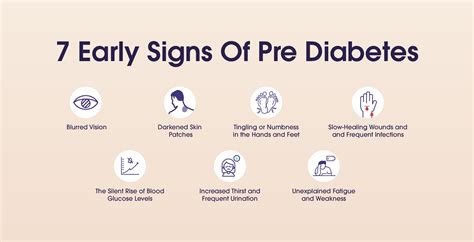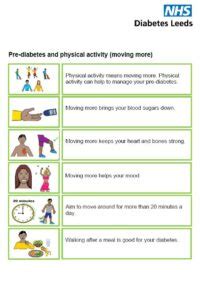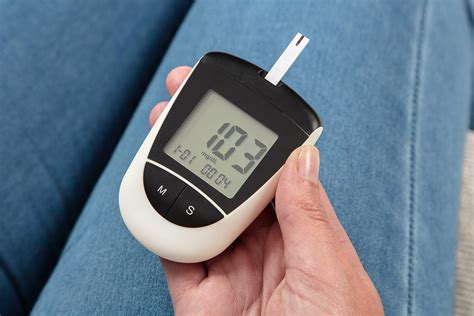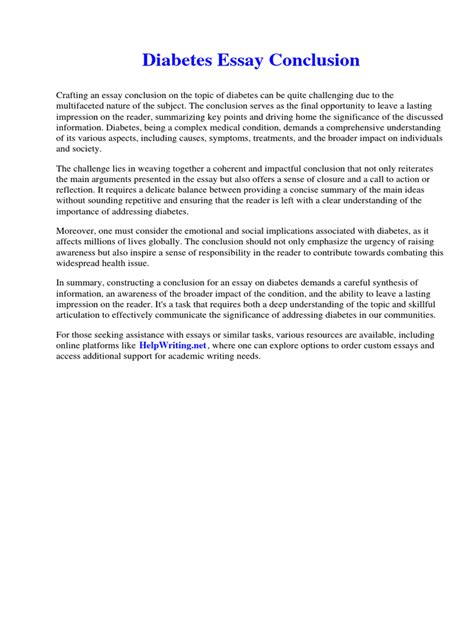Intro
Discover how pre-diabetes impacts blood glucose levels through insulin resistance, impaired glucose tolerance, and metabolic changes, increasing risk of type 2 diabetes and cardiovascular disease.
Pre-diabetes is a condition where blood glucose levels are higher than normal but not high enough to be classified as diabetes. This condition can significantly impact an individual's health, increasing the risk of developing type 2 diabetes and other cardiovascular diseases. Understanding how pre-diabetes affects blood glucose levels is crucial for managing and potentially reversing the condition.
Pre-diabetes often goes unnoticed, as it may not exhibit noticeable symptoms. However, knowing the signs and how it influences blood glucose levels can help individuals take proactive steps towards a healthier lifestyle. The impact of pre-diabetes on blood glucose levels is multifaceted, involving insulin resistance, pancreatic function, and lifestyle factors. By grasping these concepts, individuals can better navigate the challenges of pre-diabetes and work towards preventing its progression to diabetes.
The relationship between pre-diabetes and blood glucose levels is intricate. Normally, when you eat, your body breaks down carbohydrates into glucose, which is then absorbed into the bloodstream. In response, the pancreas releases insulin, a hormone that helps cells absorb glucose from the blood, thereby lowering blood glucose levels. In pre-diabetes, the body either resists the effects of insulin or doesn't produce enough insulin to maintain a normal glucose level. This results in elevated blood glucose levels, which can have various effects on the body and increase the risk of several health issues.
Understanding Pre-Diabetes and Its Impact on Blood Glucose

Understanding pre-diabetes involves recognizing its causes, symptoms, and effects on the body, particularly how it alters blood glucose levels. Pre-diabetes is often associated with insulin resistance, a condition where the body's cells do not respond effectively to insulin. This resistance forces the pancreas to produce more insulin to help glucose enter the cells, which can lead to pancreatic fatigue over time. As the pancreas struggles to keep up with the demand for insulin, blood glucose levels rise, characterizing the state of pre-diabetes.
Causes and Risk Factors of Pre-Diabetes
Pre-diabetes has several causes and risk factors, including genetics, obesity, physical inactivity, and an unhealthy diet. These factors contribute to insulin resistance and impaired insulin secretion, key components in the development of pre-diabetes. For instance, being overweight or obese is a significant risk factor because excess body fat can lead to chronic inflammation and insulin resistance. Similarly, a diet high in sugar and refined carbohydrates can overload the body's ability to regulate blood glucose, pushing individuals towards a pre-diabetic state.Diagnosing Pre-Diabetes

Diagnosing pre-diabetes typically involves a series of tests to measure blood glucose levels. The most common tests are the Fasting Plasma Glucose (FPG) test and the Oral Glucose Tolerance Test (OGTT). The FPG test measures blood glucose after an overnight fast, while the OGTT measures blood glucose levels after consuming a sugary drink. The results of these tests can indicate whether an individual has pre-diabetes or diabetes. Understanding the diagnosis is crucial for developing an appropriate management plan to prevent the progression of pre-diabetes to diabetes.
Implications of Untreated Pre-Diabetes
Untreated pre-diabetes can have significant implications for health, primarily increasing the risk of developing type 2 diabetes and cardiovascular diseases. High blood glucose levels over time can damage blood vessels and nerves, leading to complications such as heart disease, kidney disease, and vision problems. Furthermore, pre-diabetes can also be associated with other health issues, including high blood pressure, high cholesterol, and stroke. Therefore, early detection and management of pre-diabetes are vital to prevent these complications.Managing and Reversing Pre-Diabetes

Managing and potentially reversing pre-diabetes involves lifestyle modifications and, in some cases, medication. Key strategies include losing weight if overweight, engaging in regular physical activity, and adopting a healthy diet that is low in sugar and refined carbohydrates and high in fiber and whole foods. These changes can improve insulin sensitivity, reduce blood glucose levels, and prevent the progression to diabetes. In addition, medications like metformin may be prescribed to help manage blood glucose levels.
Lifestyle Changes for Pre-Diabetes Management
Lifestyle changes are fundamental in managing pre-diabetes. This includes dietary adjustments, increased physical activity, and weight management. A healthy diet focuses on whole, unprocessed foods like vegetables, fruits, whole grains, lean proteins, and healthy fats. Regular physical activity, such as walking, cycling, or swimming, can improve insulin sensitivity. Losing weight, if needed, can also significantly reduce the risk of progressing to diabetes. These lifestyle modifications not only help in managing pre-diabetes but also contribute to overall health and well-being.Pre-Diabetes and Diet

Diet plays a critical role in managing pre-diabetes. The goal is to choose foods that help regulate blood glucose levels and improve insulin sensitivity. Foods with a low glycemic index, which are digested slowly and cause a gradual rise in blood glucose, are recommended. These include whole grains, non-starchy vegetables, lean proteins, and healthy fats. On the other hand, foods with a high glycemic index, such as white bread, sugary drinks, and processed snacks, should be limited or avoided. Additionally, staying hydrated by drinking plenty of water and limiting alcohol intake can also support blood glucose management.
Nutritional Advice for Pre-Diabetes
Nutritional advice for pre-diabetes emphasizes the importance of a balanced diet. This includes: - Eating regular, balanced meals to maintain stable blood glucose levels. - Choosing whole, unprocessed foods as much as possible. - Incorporating physical activity into daily routines to improve insulin sensitivity. - Monitoring carbohydrate intake, as it directly affects blood glucose levels. - Considering professional dietary advice from a nutritionist or dietitian for personalized guidance.Physical Activity and Pre-Diabetes

Physical activity is another crucial component in the management of pre-diabetes. Regular exercise can improve insulin sensitivity, helping the body to more effectively use insulin and lower blood glucose levels. Activities such as brisk walking, cycling, and swimming are recommended, aiming for at least 150 minutes of moderate-intensity aerobic exercise per week. Additionally, incorporating strength training exercises can further improve insulin sensitivity and overall health. Physical activity should be tailored to the individual's fitness level and health status, with gradual increases in intensity and duration over time.
Benefits of Exercise for Pre-Diabetes
The benefits of exercise for pre-diabetes are numerous. Exercise: - Improves insulin sensitivity, reducing blood glucose levels. - Aids in weight loss, which is beneficial for individuals who are overweight. - Lowers the risk of heart disease by improving blood lipid profiles and lowering blood pressure. - Enhances overall physical and mental well-being, reducing stress and improving mood.Monitoring Blood Glucose Levels

Monitoring blood glucose levels is essential for managing pre-diabetes. This involves regular testing with a glucose meter to understand how different foods, activities, and other factors affect blood glucose levels. Keeping a log of these readings, along with notes on diet and activity, can provide valuable insights into what works best for individual management. Healthcare providers can offer guidance on how frequently to check blood glucose levels and how to interpret the results.
Understanding Blood Glucose Monitoring Results
Understanding the results of blood glucose monitoring is vital for effective management. This includes recognizing target blood glucose ranges, both before and after meals, and understanding how to adjust diet, exercise, and potentially medication based on the results. It's also important to identify patterns, such as high blood glucose levels in the morning or after certain meals, to make informed decisions about lifestyle adjustments.Conclusion and Next Steps

In conclusion, pre-diabetes is a critical health condition that requires attention and management to prevent its progression to diabetes. By understanding the causes, symptoms, and effects of pre-diabetes on blood glucose levels, individuals can take proactive steps towards a healthier lifestyle. This includes adopting a balanced diet, engaging in regular physical activity, monitoring blood glucose levels, and seeking professional advice when needed. With the right approach, it's possible to manage and even reverse pre-diabetes, significantly reducing the risk of developing type 2 diabetes and related health complications.
We encourage readers to share their experiences and questions about managing pre-diabetes in the comments below. If you found this article informative, please consider sharing it with others who might benefit from this information. Together, we can work towards a healthier community by spreading awareness and promoting proactive health management strategies.
What are the primary symptoms of pre-diabetes?
+Pre-diabetes often does not exhibit noticeable symptoms, but it can include increased thirst and urination, fatigue, and blurred vision. However, many people with pre-diabetes do not experience any symptoms at all.
How is pre-diabetes diagnosed?
+Pre-diabetes is typically diagnosed through blood tests, including the Fasting Plasma Glucose (FPG) test and the Oral Glucose Tolerance Test (OGTT), which measure blood glucose levels.
Can pre-diabetes be reversed?
+Yes, pre-diabetes can often be managed and reversed through lifestyle changes, including losing weight if needed, engaging in regular physical activity, and adopting a healthy diet.
